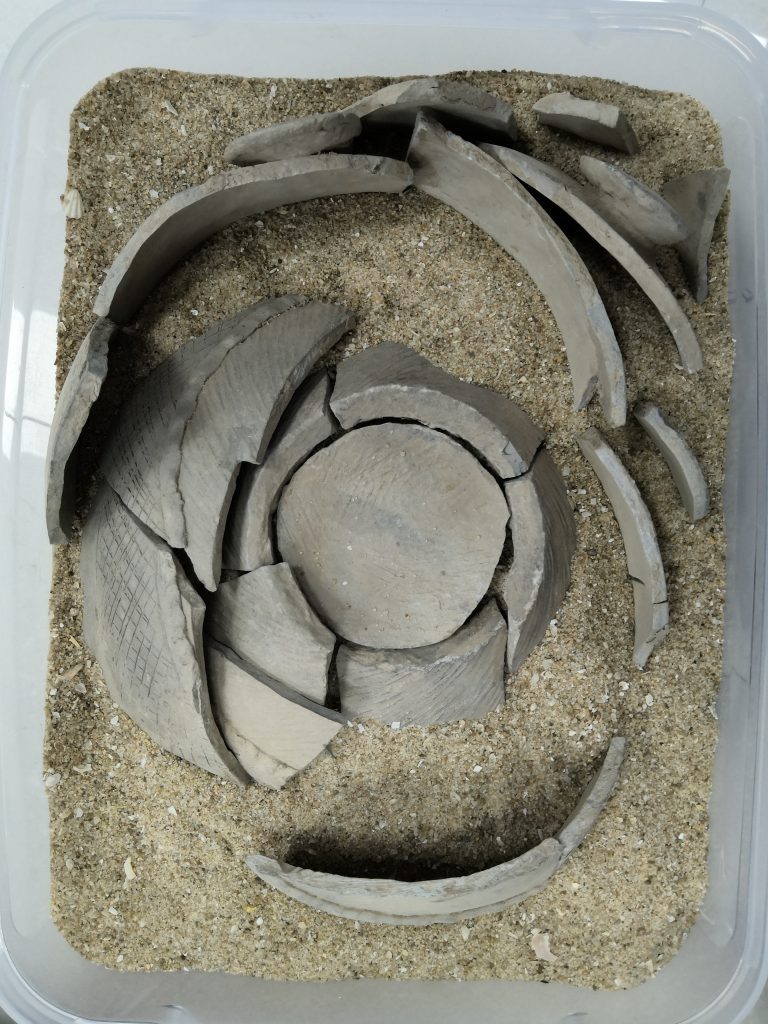The Center for Social Sciences at Southern University of Science and Technology (SUSTech) has preliminarily completed their archaeological ceramic specimen database (specimen database). Tens of thousands of specimens from nearly one hundred sites in 18 provinces and regions around mainland China, and the specimen database has become to take shape.
The Center for Social Sciences has unique advantages in the protection, development and utilization of cultural heritage research. In the two years since the establishment of the Cultural Heritage Laboratory at SUSTech, there have been many scientific research achievements, including the restoration of the Panlongcheng Turquoise Animal Face, and the relocation of cart pits from the Shang Dynasty, which reflects the interdisciplinary research of the team. The beginning of the year saw the Center for Social Sciences launch the specimen database and contacted many archaeological cultural institutions to advocate for the co-creation of the specimen database.
Ceramics are an important representation of society’s development. They symbolize a cultural resource, so their appropriate collection and understanding is critical for multidisciplinary research, exhibition and utilization of regional and national importance. The age of specimens extends from the early Neolithic Age to modern times. Some of those samples include tablets, utensil sets, bone and other organic matters. Other pieces from the collection have come from India, Bangladesh, Jordan and other parts of the world that provide vivid geographical, historical and cultural information.

The specimen database is now the best in mainland China according to provincial and national statistics. The database has been affirmed by the State Administration of Cultural Relics, Municipal Bureau of Cultural Heritage and Cultural Administration, with significant support from archaeological and cultural institutions across mainland China. The specimen database has attracted interest from universities and middle schools in Shenzhen and Hong Kong, who have sought to exhibit some of the specimens.
The Center for Social Sciences will continue to support the Cultural Heritage Laboratory and the specimen database, as they plan to collect specimens for three years within their optimization plan. They will maintain their top archaeological ceramic specimen database in mainland China.
The Cultural Heritage Laboratory will upgrade the database to become a key project for the Greater Bay Area, as well as an important cultural relic collection for SUSTech.
Proofread ByXia Yingying
Photo ByCenter for Social Sciences